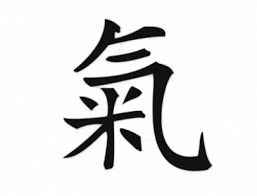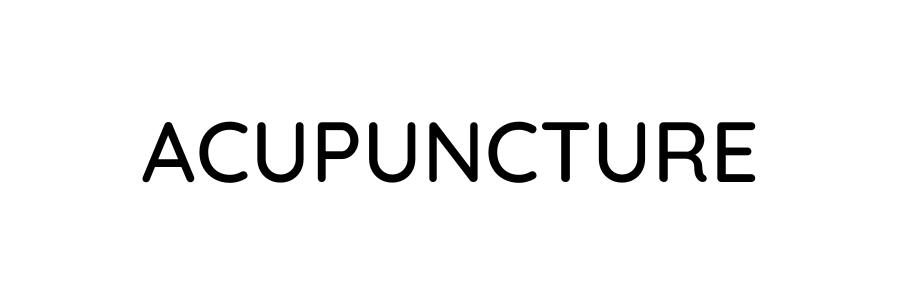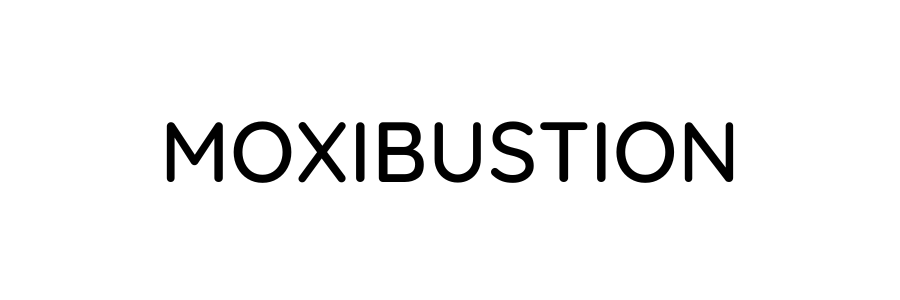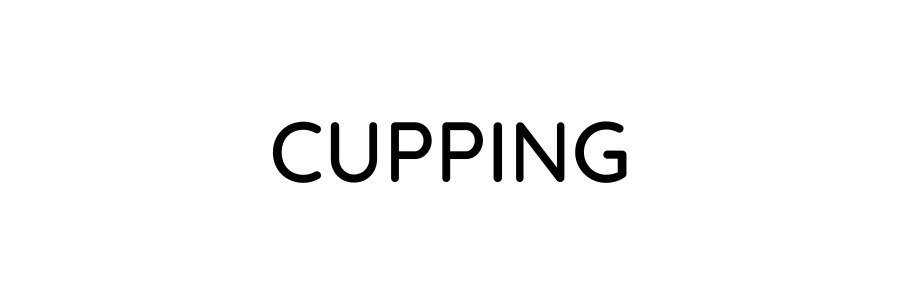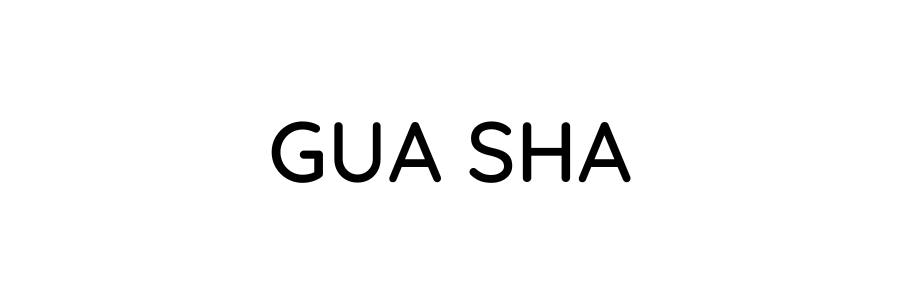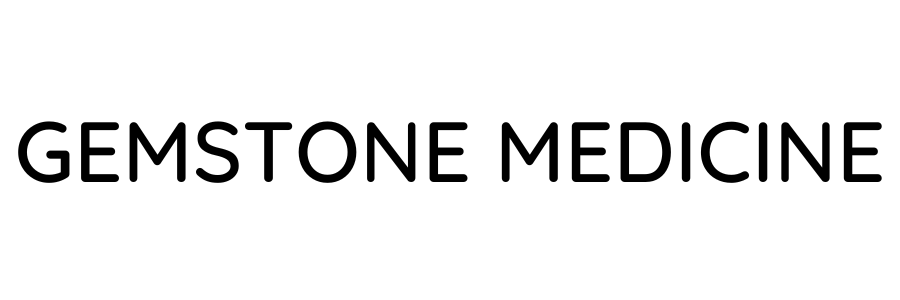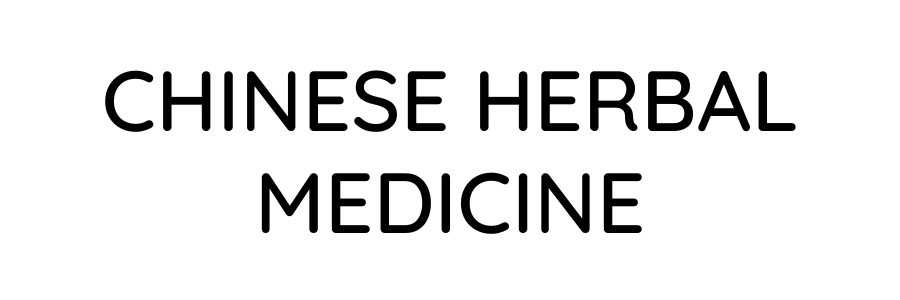Chinese Medicine Treatments
Miami Beach Comprehensive Wellness Center | Chinese Medicine Treatments
How does Chinese Medicine Work?
Chinese medicine works by analyzing, diagnosing and modulating energetic patterns. These energetic patterns can be assessed by observing: physical signs and symptoms, emotional aspects, characteristic cognitive thought patterns and physiognomy. Because Chinese medicine has thousands of years of history, there have been many schools of Chinese Medicine; hence there are multiple ways of analyzing and diagnosing energetic patterns. But all Chinese medicine works by first diagnosing a pattern, this technique is called "Pattern Differentiation." Pattern Differentiation is very methodical process, based upon concrete and observable traits. The process of differentiating a pattern is very similar to establishing a "Differential Diagnosis" in conventional medicine, which is accomplished via the mental application of algorithms and hypothetical-deductive thinking. Once a pattern is differentiated, then you treat according to the Chinese Medical Energetic Pattern.
Chinese medicine generally uses antipathy to treat (for example, if you are too hot with a fever from a viral infection, cooling herbs with anti-viral properties are prescribed). Many methods of treatments are included in Chinese medicine, such as acupuncture, herbs, moxibustion, gua sha and cupping.
If energetic patterns are truly understood, other modalities of many different types (including conventional medications, IV therapies, blood ozonation) can be prescribed in terms of treating Chinese Medical Energetic Patterns.
How does Acupuncture work?
Acupuncture is a method of inserting tiny filiform needles into the skin at specific anatomical locations, called acupuncture points. According to Chinese medical thought, there is a web-like system of meridian or channels in the body, though which "qi" flows. Dr. Emily Rowe believes that these acupuncture meridians run through fascia, the connective tissue of the body. Acupuncture works by modulating "qi" flow in the acupuncture meridians of the body. "Qi" is modulated with acupuncture to balance the diagnosed Chinese Medicine Pattern.
Acupuncture is most often sought out for pain. However, because it helps the body to regulate and rebalance into a state of homeostasis, it can be used for a variety of health issues, including immune modulation in autoimmune disease, chronic digestive disorders, hormonal imbalances, blood glucose regulation issues, allergies. Acupuncture also helps with the management of stress, frustration, anxiety and emotional lability.
Acupuncture is extremely safe and because it is non-pharmacologic, there are very few side effects. The main contraindication is a fear of needles.
Qi is a Chinese medical concept, which I find difficult to articulate into English. It is pronounced “chee,” as in the first part of the word “cheese” in English. It can be helpful to look at the Chinese character structure to understand what is meant by the term “qi.” The Modern Chinese character for qi is 氣. It consists of two parts. The bottom portion of the character is “mi” 米 which means rice. The word for rice looks like an asterisk with 8 directions, which is a reference to the Ba Gua 八卦,the 8 Trigrams or 8 Directions. The Ba Gua are the 8 symbols used in Taoist cosmology, to represent the fundamental principles of reality, the physical world. The character mi 米 represents an idea of nourishment which is centering (the middle of the 8 directions) and grounding us into reality. The top portion of the character is “yun” 云, which is a simplification of the word for a cloud. So the character for qi 氣is literally the image of clouds of steam coming off of rice. When visualizing the character qi 氣, an image is evoked. Personally, I see a process of sublimation, which is the change in chemical state of moving from solid state directly to a gaseous state (skipping the liquid phase). Sublimation is a chemistry term where a solid becomes a gas, without going through the phase of liquid. This process occurs based upon the environmental temperature and pressure. When heat is applied to solid materials, they will absorb the heat so that they start to vibrate more quickly. The excited molecules can vibrate so quickly that they start to move away from one another; and they are sublimed into the atmosphere. So the character for qi is about taking nourishment from the 8 directions and sublimating it. This is the act of taking the material and making it immaterial. So the character qi 氣, indicates the process of changing states, moving from a visible material state into an intangible state. The word “qi” does not mean energy! This is a misunderstanding and a mistranslation. Qi is about the relationship between the material and the immaterial, the actual process of changing from grounded tangible reality into something sublime.
To read the full chapter "The Perception of Qi" by Dr. Emily Rowe, please click on the link below for information about Dr. Neil Nathan's book Energetic Diagnosis.
Moxibustion is a Chinese medical technique that involves burning a mixture of desiccated herbs at or near the skin's surface. The chief ingredient of the herbal mix is Mugwort, Artemisia vulgaris. Mugwort has been used by various cultures as a medicinal spiritual and culinary ingredient, since the Iron Age (1200 BC).
Scientific studies have shown that the herbal mixture burns at specific infrared frequencies, which promote healing and help to modulate "qi" in the acupuncture meridians. Some tiny amounts of the herbs are also asbored through the skin. Moxibustion has thermal, infrared and pharmocological effects.
After receiving moxibustion, local blood circulation improves. Because it increases local blood flow, it is often used over the lower abdomen to enhance fertility. Moxibustion also helps to decrease bruising, since it modulate the local circulation. Fascia responds well to infrared stimulation, therefore moxibution can help with fascia adhesions, such as scars. Tendons most often feel softer after moxibustion treatments, so it can help with chronic tendinitis. This treatment is often combined with acupuncture. At MBCWC, we consider this to be the original biophotomodulation therapy.
Often used in at the end of an acupuncture treatment, cupping is a method for myofascial release. A vacuum is created and small glass cups are placed on the skin. If the muscles are tight, the cups can be slid along the planes of fascia. This is like a reverse-pressure deep tissue massage. But, instead of pushing like a massage, you lift and separate and mobilize the fascia via suction. If you like deep tissue massage work, then you will love cupping!
If an area of the body lacks mobility or a joint has a decreased range of motion, usually this occurs because the fascia is pathologically adhered to the muscles. Cupping can help to release the tension in the muscles and free up the fascia, so that it can slide appropriately. Small capillaries on the surface of the skin can burst in response to cupping, leaving a bruise, which usually lasts for about 3 days. Static cupping can also be done over specific acupuncture points on the upper thoracic region to open the lungs and clear congestion, in cases of bronchitis, pneumonia or asthma.
Scientifically, cupping has been shown to help to reduce pain, modulate the immune system, help with hematological adjustments and improves nitric oxide, vasodilation of capillaries.
Gua sha is a technique in which the surface of the skin is scraped with a smooth-edged instrument. In Asian cultures, this can even be performed by a family member with a copper coin or a Chinese soup spoon. At MBCWC, we use special gua sha instruments. The pressure of the skin scraping varies depending upon what the individual needs. The practitioner intentionally wants small red-purple dots called petichiae and ecchymoses to occur on the skin. Scientific studies in Germany have shown that gua sha increases microcirculation to the area and reduces myalgias (muscle aches).
Many chiropractors and physical therapists use a method called "The Graston Technique" for mobilization of soft tissue (muscles, tendons and fascia). From a Chinese medicine perspective, "The Graston Technique" is a type of gua sha.
Gua sha is used to treat many maladies, including chronic pain and inflammation. Traditionally, it can also be performed at specific acupuncture points for fever reduction.
Gemstone medicine uses the energy of gemstones and crystals to facilitate healing. Crystals, minerals and gemstones were traditionally part of Chinese medicine, in both acupuncture, gua sha and herbal medicine. There is evidence that the first acupuncture instruments might have been made from stone needles. The ancient Chinese Classic Commentary on the Spring and Autumn Annals (550BC) referenced the use of stone needles. Some gua sha instruments were made of precious stones, such as Jade. Crystals, minerals and gemstones were listed as individual substances with healing properties in Herbal Encyclopedias, called "Materia Medicas."
From a Modern day physics perspective, crystals, minerals and gemstones are able to modulate electromagnetic fields and resonate with the biological pizoelectric properties of fascia in connective tissue. Quartz crystals are used in computer chips and watches as oscillators, to keep things running smoothly and timely. Similarly, they can be applied on or near the body to help with electromagnetic homeostasis of the acupuncture meridians in the body.
Minerals can also be ground up and ingested or applied topically through the skin. Calcite is traditionally used in Chinese Medicine for severe febrile conditions. Soaking in epsom salts (magnesium sulfate) is an everyday example of gemstone medicine. Magnesium and calcium are used in biochemical interactions of actin and myosin in all muscle contractions and relaxations. Balancing these two minerals, magnesium and calcium, help with the regulation of muscle spasticity.
There are herbal remedies for nearly every symptom or condition. In an herbal consultation, a medical history will be taken and the appropriate physical exam will be performed. Labs or imaging studies will be taken into account, as well. Any pharmaceutical medications will be considered regarding drug-herb interactions. Then a Chinese Medical Energetic Pattern will be differentiated and the appropriate herbs will be prescribed. Herbs are uniquely prescribed for each person based upon clinical presentation and an individual's constitution.
Chinese herbs are usually given as a formula with multiple herbs working synergistically to achieve a therapeutic result and may be modified for an individual's unique circumstances. Formulas may be modifed for a specific case, with certain herbs added or subtracted. Traditionally, Chinese Herbal Materia Medicas (herbal encyclopedias) included plants, animal products and stones/minerals, as all parts of the natural world were seen as potential sources of medicines. However, most of the formulas that we carry are plant-based.
Heavy metal contamination and other toxic impurities are a common problem with herbs and supplements, as the field is not well regulated. All of the herbal products, sold at MBCWC, are independently tested by third-party labs and held to rigorous levels of measurements. We only source from reputable manufacturers. Cheaper products might be available from other manufacturers, but the bottles might not actually contain the stated ingredients, or might contain some unknown toxic additions. We recommend the use of intelligent discretion when choosing herbs and supplements.


